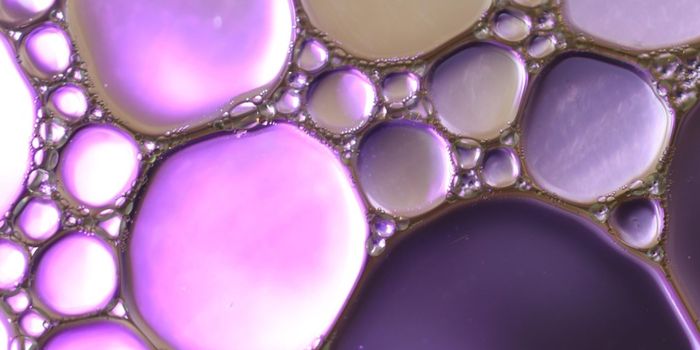THC Is More Important than CBD in Soothing Nausea
There’s a prevailing view that the tetrahydrocannabinol (THC) part of cannabis is just for fun — bringing a exhilarating high or mellow chill — whereas for medicinal benefits it’s the sensible sister ingredient CBD, or cannabidiol, that is what is needed.
The fact that federal law allows CBD but still bans all but trace amounts of THC only adds to this perception; yet a new study highlights the fact that this broad generalisation is just not true.
In the study, data from over 2200 separate “cannabis use experiences” was gathered and analysed by scientists at at the University of New Mexico.
They collected information from the Releaf mobile app, which is designed to help users manage cannabis consumption by allowing them to record real-time changes in symptom intensity.
Specifically, the authors of this study were measuring how different types of self-administered cannabis worked for easing nausea (cannabis has a long history of use for easing nausea, which may be caused by emotional distress, gastrointestinal disorders, motion sickness, or chemotherapy).
Their results, published in Journal of Clinical Gastroenterology found that flower and concentrates — particularly those labelled sativa or hybrid, rather than indica — yielded faster and greater relief than edibles or tinctures, while vaping yielded less relief than consuming cannabis via a joint or pipe.
But it also found that cannabis users got prompter, more effective relief from nausea with a higher ratio of THC to CBD .
As Jacob Vigil, an associate professor of psychology at the University of New Mexico and a study co-author told the school’s news website, “perhaps our most surprising result was that THC, typically associated with recreational use, seemed to improve treatment among consumers of Cannabis flower, while our CBD, more commonly associated with medical use, actually seemed to be associated with less symptom relief.”
The most effective products were very quick in delivering their benefit — with an average relief score out of 4/10 within minutes, increasing over time. Ninety-six percent reported some relief within an hour.
The authors however say there are concerns if pregnant women or children consume cannabis and that the long-term effects of cannabis and its effects on development are a significant gap in knowledge.
Moreover they only looked at one symptom (nausea) and for other conditions, CBD may still be a better option.
Sources: Journal of Clinical Gastroenterology, Forbes, UNM









